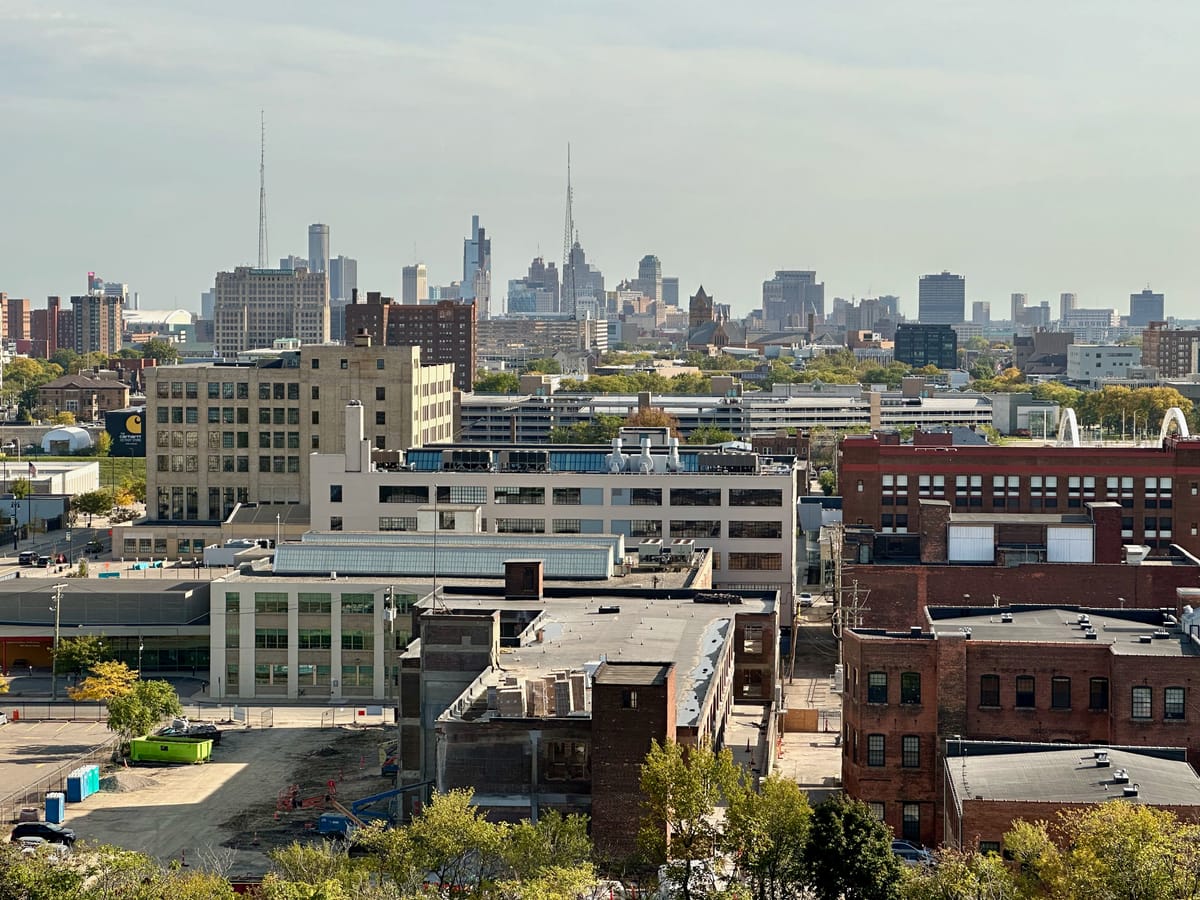Although most history books talk about the founding of Detroit being in 1701, people have been living in what we call metro Detroit since somewhere around 6,000 B.C.
The area was fertile and had many animals to hunt. Even up through French settlement, it was remarked how easy it was to grow food on the fertile soil by the Detroit River.
Detroit, as we know it today, was named by the French but indigenous people had no less than four names for the area.
The name varied depending on the tribe, according to the book This Is Detroit: 1701-2001.
Teuchsa Grondie
The Iroquois called it “Teuchsa Grondie,” the strait region or “place of many beavers.”

Yondotega
“Yondotega” meant “The Great Village” in Algonquin. It reportedly meant “beautiful view.” It’s also the name of an exclusive social club founded in 1892 on East Jefferson that has only 150 members and gets new members only if someone dies. It’s still open today, per this restaurant inspection report.
Wa-we-a-tun-ong
“Wa-we-a-tun-ong” is another Algonquin name that roughly means “the crooked way.” That makes sense when you see the bend in the Detroit River.
Karontaen
And the Hurons called it “Karontaen,” or the “coast of the straits.”
To be sure, this is a simplified list as this is a long, complicated history and we’re still discovering things as time goes on.
But the bottom line is that our area had quite a history before Europeans showed up.
French explorers are known to have made contact around the 1660s. They most likely ran into the “Three Fires” people, who shared culture and language and were known as Anishinaabe. The three tribes consisted of the Ojibwe, Odawa and Botawatami.
This leads up to the more commonly known history of the city of Detroit being founded in 1701, of which there are many books.
In 1836 natives started getting pushed out of Michigan en masse as part of the run-up to statehood. There aren’t many remnants left of their presence.
But every time you drive on Woodward, Michigan, Grand River, and Gratiot — know that they are all, in part, former native trails.
We have few physical remnants of our indigenous culture left in Metro Detroit. It’s been mostly paved over and industrialized. For instance, there’s what is left of a mound at Fort Wayne. Here’s a post about the mounds that used to be here.
In that light, an interesting find is this map app and website called Native-Land created by Canadian developer Victor G. Temprano. It gives us a very interesting view of the overlapping peoples. It’s not 100% accurate because the source records can be irregular, but it does show well how Detroit was an area that multiple native nations spent time in.

You can put your own address in, scroll around, all of that.
On this Indigenous people’s day, it’s important to remember we weren’t first, and honor the people and history that came before us — as much of it we can find considering that European colonizers and then American persecution, industrialization and development destroyed much of it.
For further reading:
- This is Detroit, 1701-2001
- Detroit Divided, A Volume In The Multi-City Study of Urban Inequality
- Who were the natives in Detroit?
- Where some of the burial mounds were in Detroit
- Where some of the villages were in the 1700s













